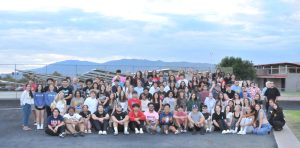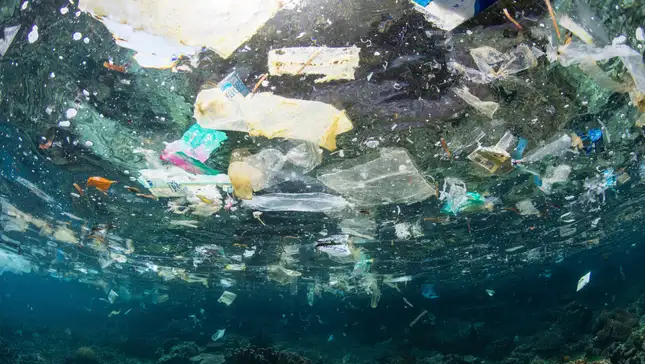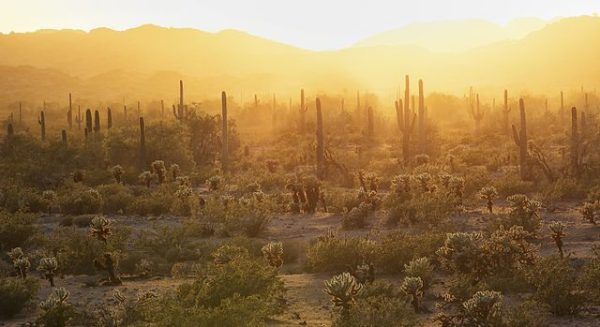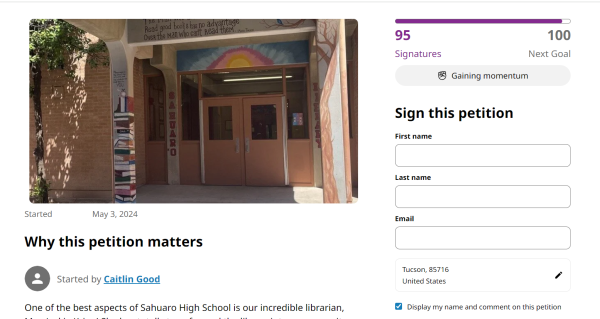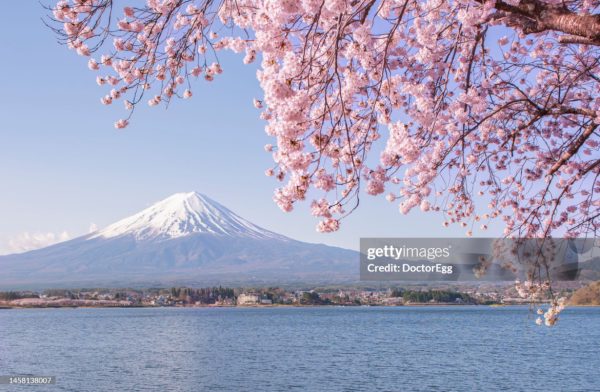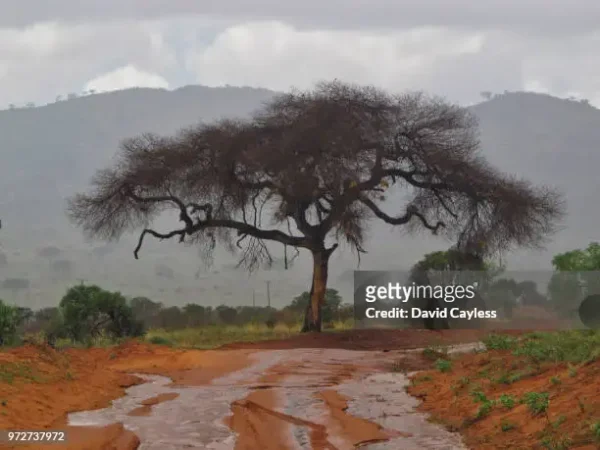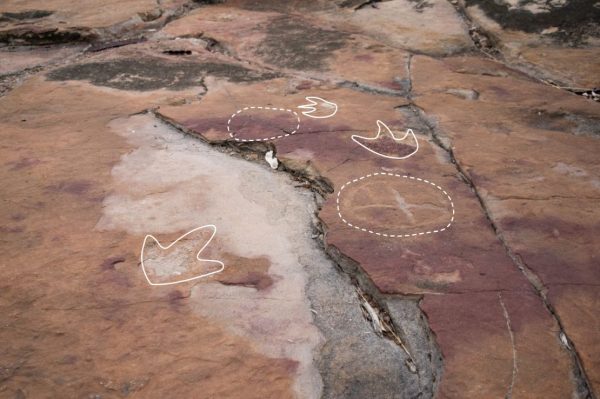Coastal Ecosystems Thriving on the Great Pacific Garbage Patch
April 24, 2023
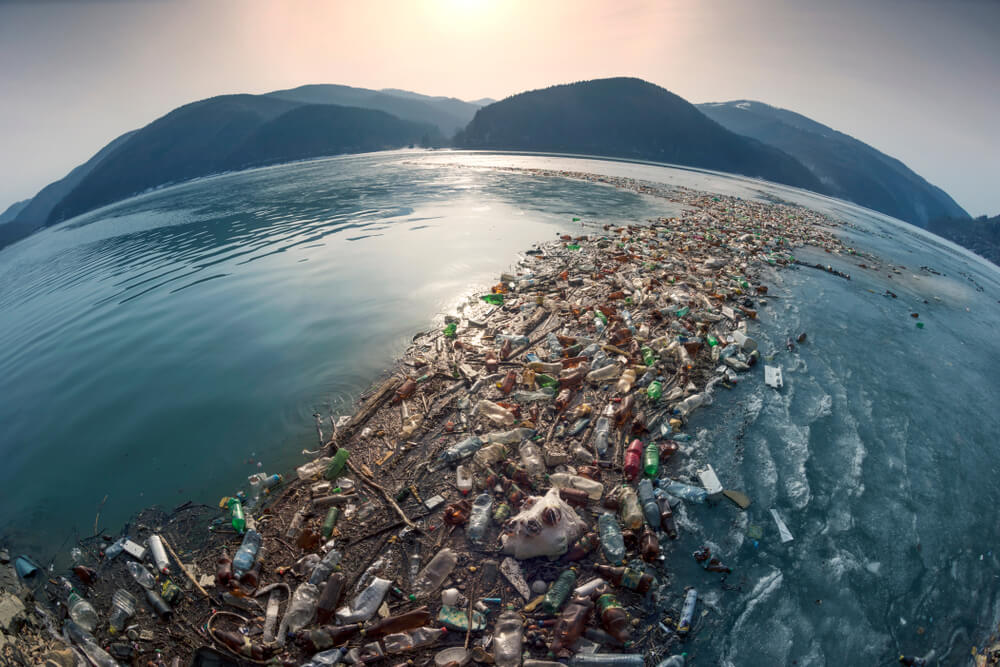 The Great Pacific Garbage Patch is 620,000 square miles of trash in the ocean between California and Hawaii. It estimates to have 1.8 trillion pieces of plastic in the path, and weighs an estimated 80,000 tons, with a majority of the plastic coming from the fishing industries. Plastic debris doesn’t decompose or sink, instead, it stays afloat for a much longer time.
The Great Pacific Garbage Patch is 620,000 square miles of trash in the ocean between California and Hawaii. It estimates to have 1.8 trillion pieces of plastic in the path, and weighs an estimated 80,000 tons, with a majority of the plastic coming from the fishing industries. Plastic debris doesn’t decompose or sink, instead, it stays afloat for a much longer time.
Some creatures have found a habitat on these garbage patches. “It was surprising to see how frequent the coastal species were. They were on 70% of the debris that we found,” said Linsey Haram, a scientist at the National Institute of Food and Agriculture. Haram and her coworkers looked at 105 items that were taken out of the garbage patch through November 2018 and January 2019.
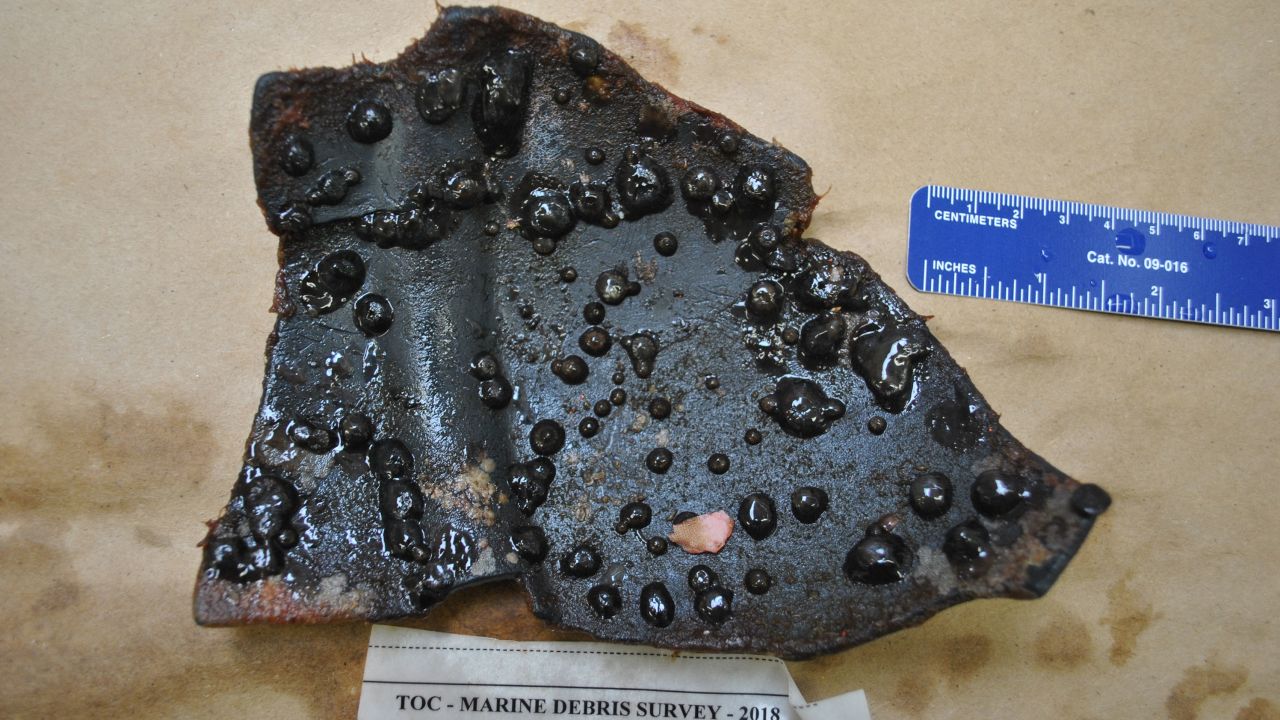
They were able to find 484 marine invertebrate organisms attached to the debris, with about 46 different species and 80% of them were from coastal areas. “On two thirds of the debris, we found both communities together…competing for space, but very likely interacting in other ways,” says Haram. Its not very clear how the organisms got to the open ocean when they are coastal creatures. For example, they could have taken a ride with a piece of plastic to the middle of the ocean or if they colonized to new objects once they were out in the open.




